Slide Show - Understanding COPD
Click here to take our SURVEY
Your feedback is important to us! We will use your feedback to develop future areas of content about COPD which will help other patients, caregivers, and families.
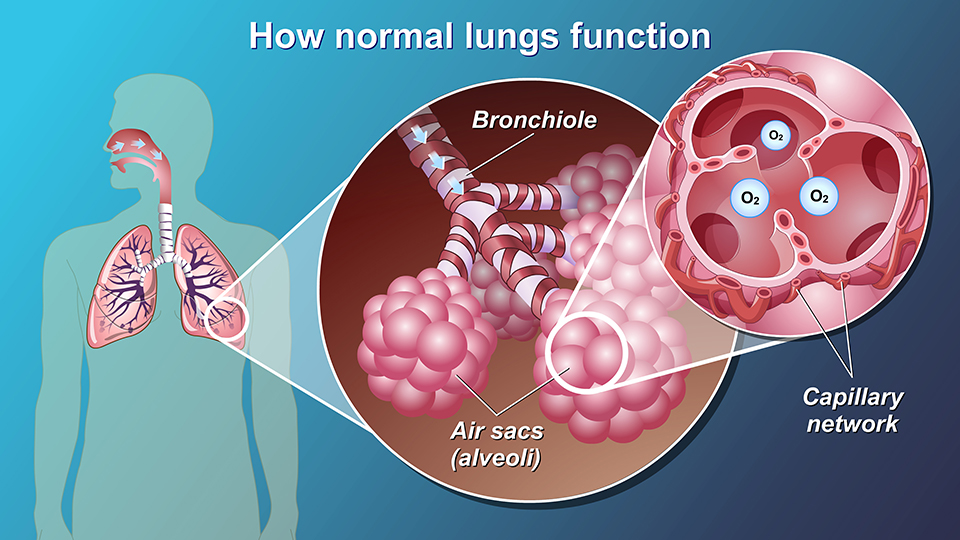
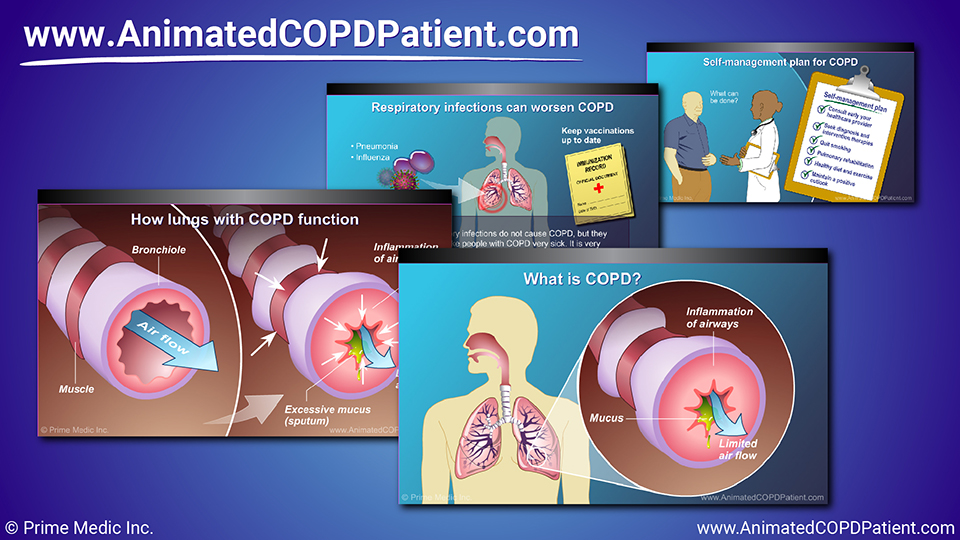
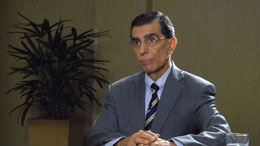

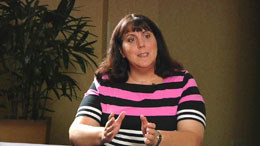
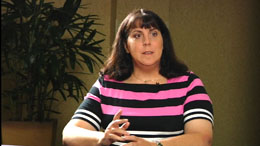


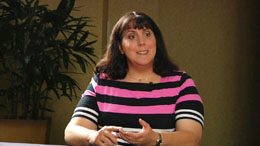








Chronic Obstructive Pulmonary Disease (or COPD) is a lung disease that makes it difficult to breathe.
COPD is a long-term disease that often gets worse over time and is characterized by inflammation and severe limitation of air flow in and out of the lungs.
Cigarette smoking is the leading cause of COPD. Long-term exposure to second-hand smoke or irritants such as air pollution, dust or workplace fumes, and biomass exposure (such as wood smoke) can also contribute to COPD.
An un-common genetic disorder called alpha-1 antitrypsin deficiency is sometimes associated with COPD.
Although respiratory infections such as influenza and pneumonia do not cause COPD, they can make people with COPD very sick. Therefore, it is very important to keep these vaccinations up to date.
At first, COPD may cause no symptoms or only mild symptoms. As the disease progresses, common symptoms include shortness of breath, wheezing, and chest tightness – especially with exercise, and an ongoing cough – often with a lot of mucus.
As COPD symptoms worsen, breathing requires much more energy and it can get harder to exercise or do routine activities like getting dressed or climbing stairs. This may lead to fatigue, weight loss, and muscle loss.
People with COPD can experience a variety of symptoms. Different stages of COPD range from mild, to moderate, to severe.
In normal functioning lungs, when air is inhaled, it travels down the windpipe and into the airways (or bronchial tubes) of the lungs. Inside the lungs, the airways branch out into smaller and smaller tubes (called bronchioles) that are rich in blood supply. At the end of these tubes are billions of tiny air sacs (called alveoli).
Normally, the walls of the airways and air sacs are elastic and flexible in nature. Inhaling causes each air sac to fill with air. Exhaling causes each air sac to deflate. Efficient uptake of air into the lungs provides oxygen to the blood which is then carried to all parts of the body.
COPD is the third leading cause of death in the United States and affects more than 13.5 million Americans.
It is predominantly diagnosed in middle-aged individuals older than 40 years and is present in both women and men.
Although COPD is more common in men, more women die from this disease each year than men.
The rate of COPD continues to increase worldwide due to smoking and worsening air pollution.
While there is no cure for COPD, you can take steps to feel better, stay more active, and slow disease progression.
COPD can be managed by consulting early with your healthcare provider, seeking diagnosis and intervention therapies, and adopting lifestyle changes that include quitting smoking, pulmonary rehabilitation, healthy eating and exercise, and maintaining a positive outlook.
Click here to take our SURVEY
Your feedback is important to us! We will use your feedback to develop future areas of content about COPD which will help other patients, caregivers, and families.

















Jointly provided by the Annenberg Center for Health Sciences at Eisenhower and Prime Medic Inc., in collaboration with Postgraduate Institute for Medicine and Mechanisms in Medicine Inc.
This activity is supported by an educational grant from Boehringer Ingelheim
This website is part of the Animated Patient™ series developed by Mechanisms in Medicine Inc., to provide highly visual formats of learning for patients to improve their understanding, make informed decisions, and partner with their healthcare professionals for optimal outcomes.



